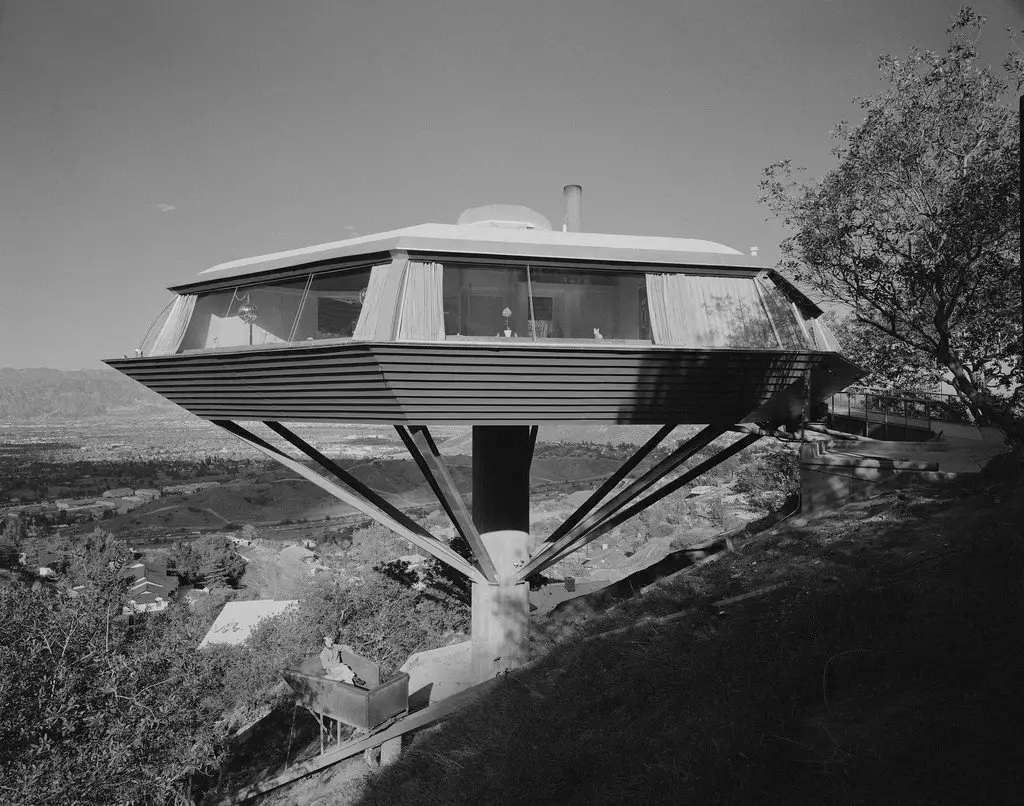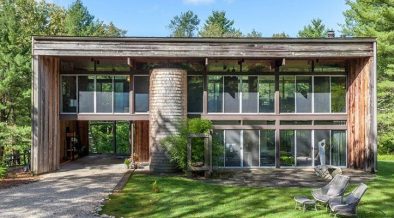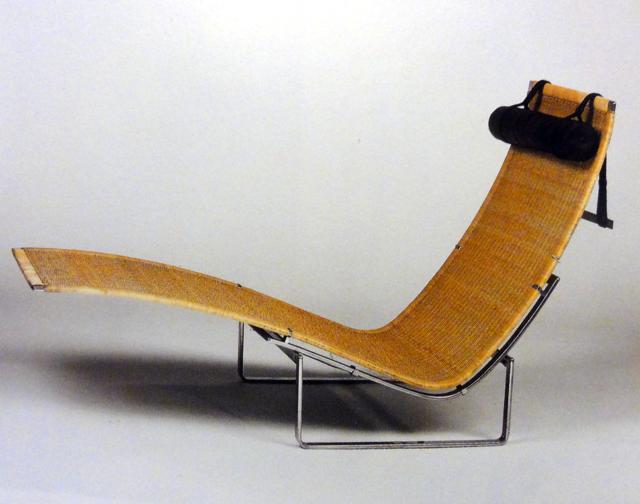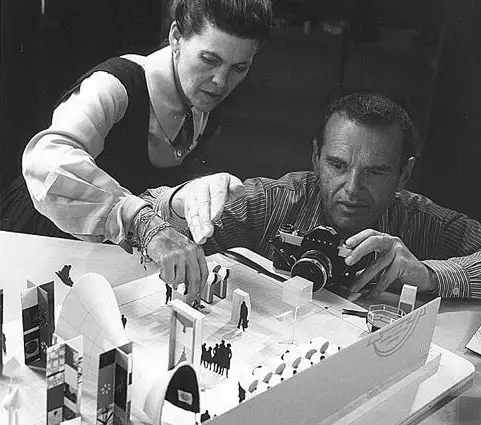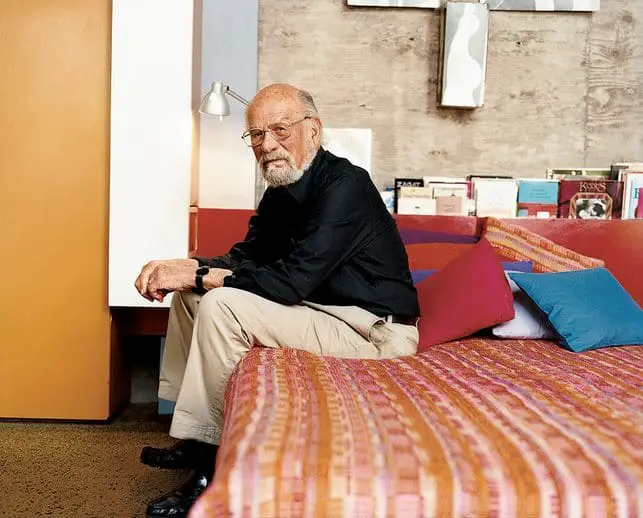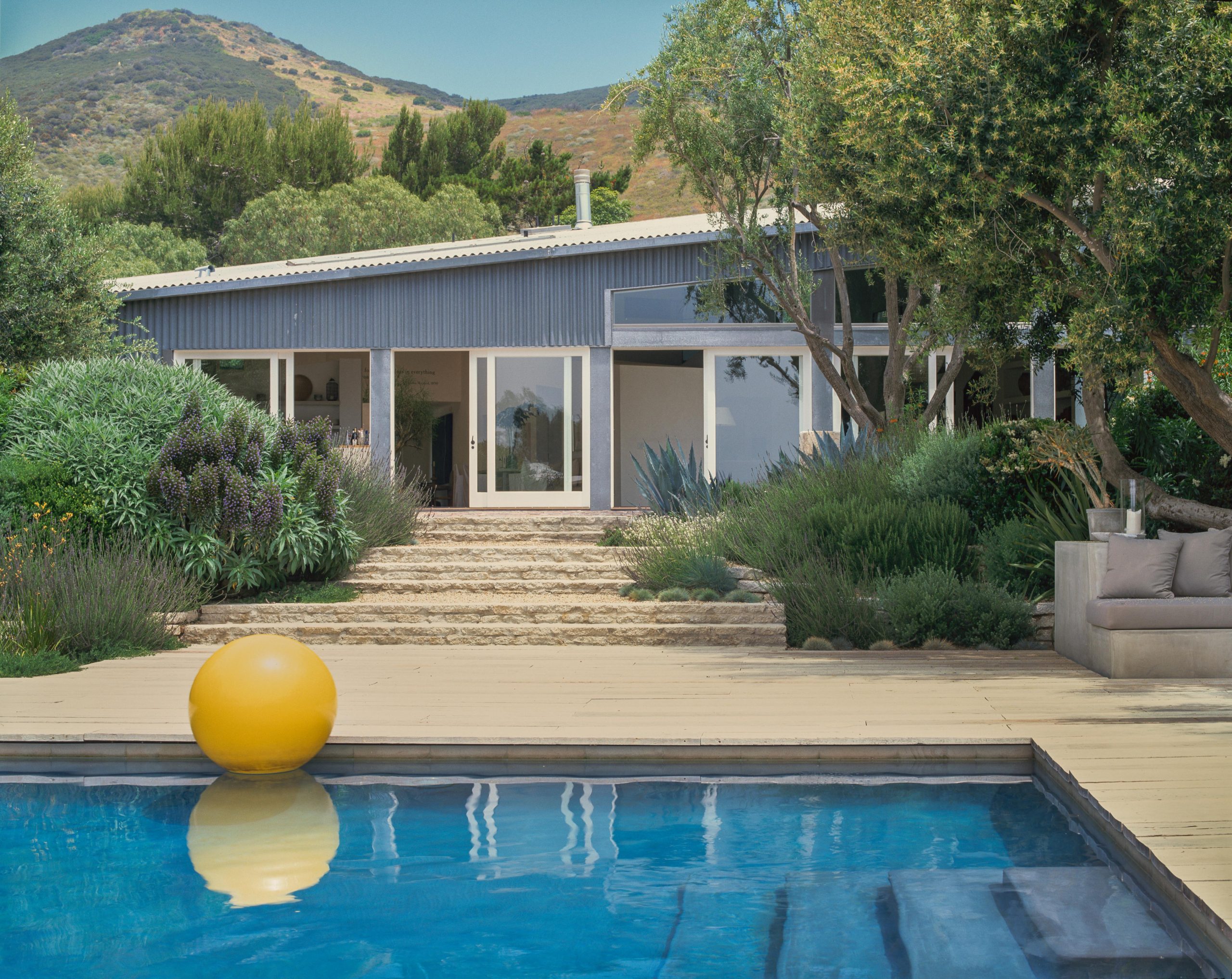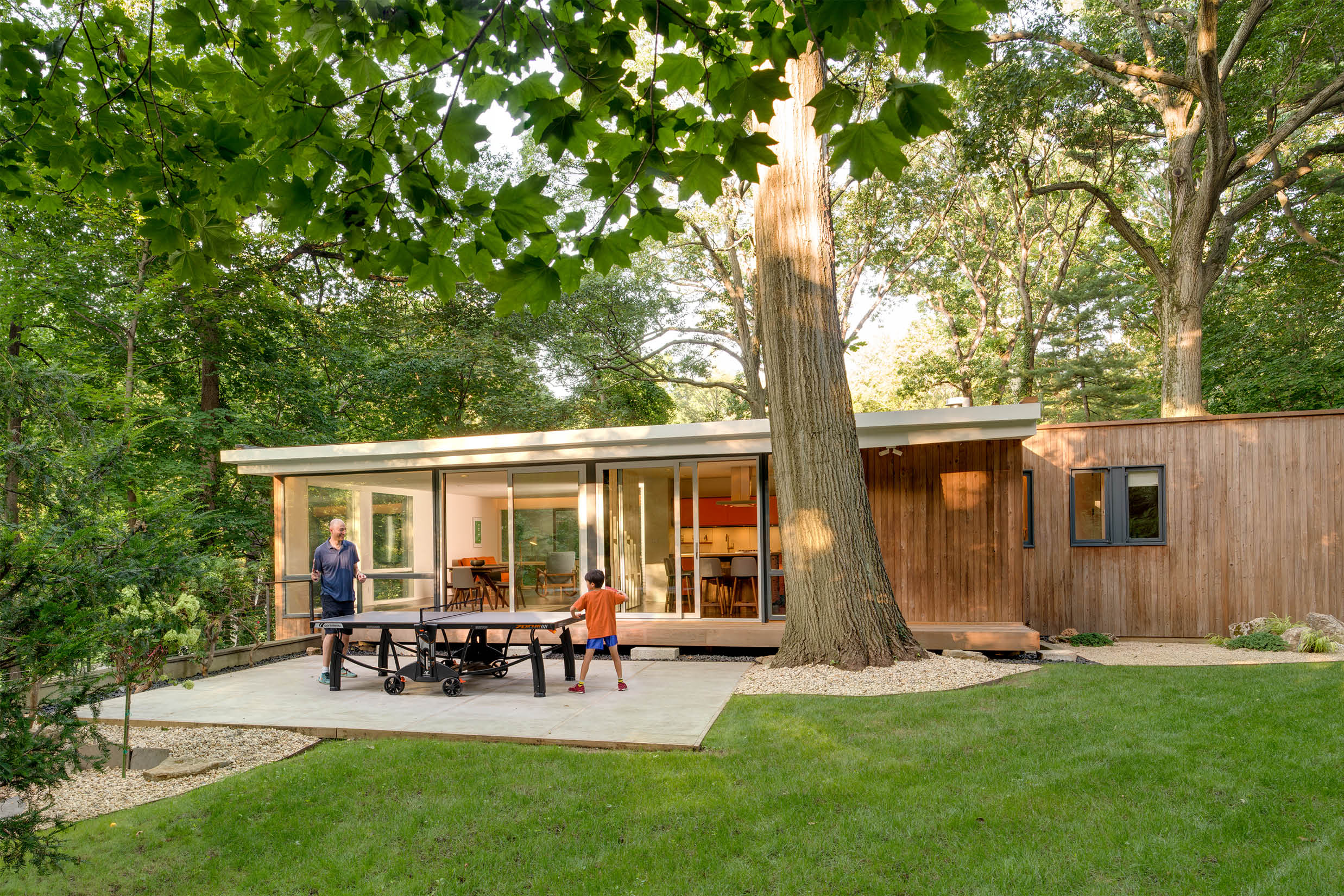
John Lautner (1911–1994) was a pioneering American architect renowned for his innovative designs that seamlessly integrated structures with their natural surroundings. Born on July 16, 1911, in Marquette, Michigan, Lautner’s early life in the scenic Upper Peninsula profoundly influenced his architectural philosophy, fostering a deep appreciation for the interplay between human habitation and the environment.
In 1933, Lautner graduated from Northern Michigan University with a degree in English. His passion for architecture led him to apprentice under the legendary Frank Lloyd Wright at Taliesin, Wright’s studio and school in Wisconsin. During his six-year tenure with Wright, Lautner honed his skills and absorbed principles of organic architecture, emphasizing harmony between human-made structures and the natural world.
Lautner established his own practice in Los Angeles in the 1940s, where he began to develop his distinctive style characterized by bold geometric forms, innovative use of materials, and a commitment to creating spaces that responded to their specific sites. His work often featured expansive glass walls, fluid indoor-outdoor transitions, and unconventional structural solutions.
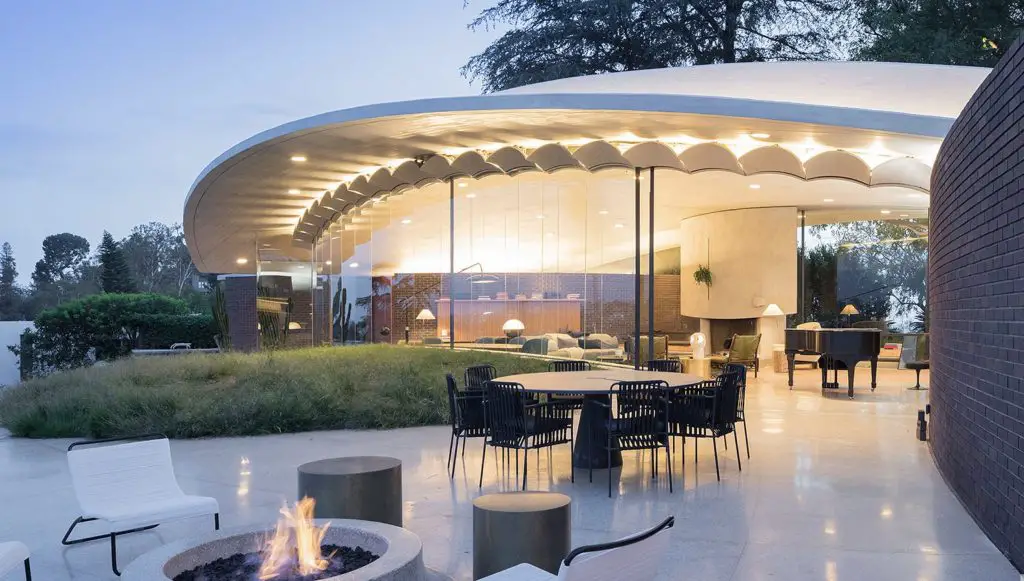
Among Lautner’s most celebrated projects is the Malin Residence, commonly known as the “Chemosphere,” completed in 1960. Perched atop a single concrete column on a steep hillside in Los Angeles, the octagonal house offers panoramic views and exemplifies Lautner’s ingenuity in overcoming challenging terrains.
Another iconic work is the Sheats-Goldstein Residence, built between 1961 and 1963. This house features a coffered concrete roof, glass walls, and built-in furniture, creating a seamless integration of architecture and interior design. The residence gained pop culture fame through its appearance in films like “The Big Lebowski.”
Lautner’s Elrod House, completed in 1968 in Palm Springs, is notable for its distinctive domed concrete roof and retractable glass walls, which blur the boundaries between indoor and outdoor spaces. The house was prominently featured in the James Bond film “Diamonds Are Forever.”
Throughout his career, Lautner designed over 200 projects, including residences, commercial buildings, and public spaces. His work was characterized by a relentless pursuit of innovation, often pushing the boundaries of engineering and materials to achieve his visionary designs. Despite facing criticism during his lifetime for his unconventional approaches, Lautner’s work has since been recognized for its significant contribution to modern architecture.
Lautner passed away on October 24, 1994, but his legacy endures. His buildings continue to be celebrated for their daring designs and harmonious integration with their environments, inspiring architects and enthusiasts worldwide.



